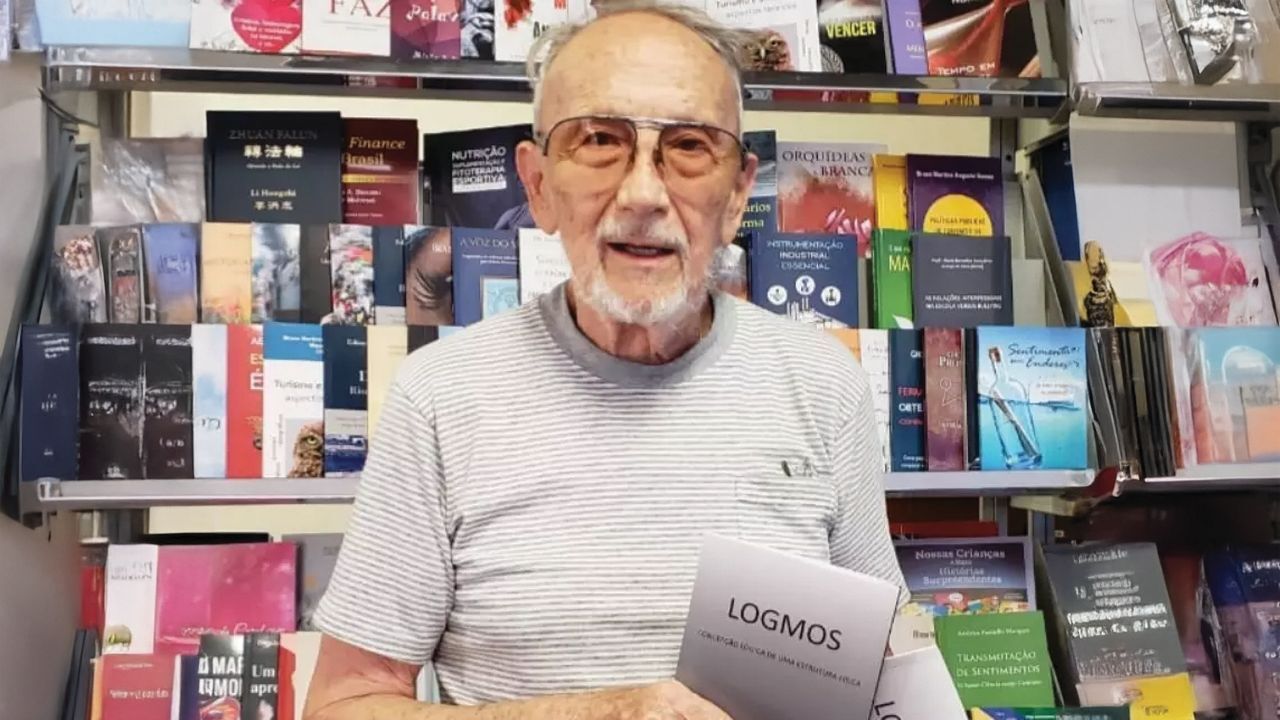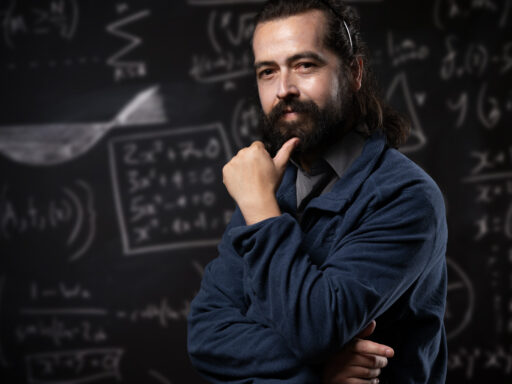Brazilian academic André Moravec is questioning long-standing ideas about the atom, arguing that its internal makeup may have been misinterpreted for hundreds of years.
In his book Psikosmos – Logical Conception of a Physical Structure, Moravec points out issues such as “the huge difference between the masses of some particles” and “the impossibility of the electron’s orbital movement”, which he believes suggest the atom’s structure is more complex than widely accepted.
While the term “atom” was introduced by philosophers in ancient Greece, it wasn’t until the past century that scientists were able to investigate and model its structure through experimentation.
According to these studies, the atom is made up of three particles: the neutron, the proton (which together form the nucleus) and the electron, which orbits the nucleus.
Andre Moravec said: “To facilitate understanding of the structure of the atom, it can be simplified using just one particle – the nucleon. This, outside the nucleus, manifests itself in two forms: unstable and stable.
“Under suitable conditions, the unstable one, after a few minutes, stabilises by expelling an electron while leaving a positron circling its surface. The expelled electron is attracted to the positron and enters a simple harmonic motion (SHM), forming an electrosphere centred on the nucleon.
“Inside the nucleus, the unstable one stabilises while bound to a stable one, by sharing one of its electrons with it. A stable nucleon stabilises, at most, two unstable ones.”
Moravec says that while the unstable nucleon is known as the neutron, and the stable one as the protium, the absence of the proton should be noted as it does not exist here. He claims a stable nucleon, deprived of its electron, is an ion, or rather, a cation of protium.
Moravec added: “A stable nucleon with one unstable nucleon forms deuterium, and with two, tritium. These, along with protium, constitute the isotopes of the hydrogen atom. Four
nucleons, two of which are stable, form the helium atom.
“An oxygen atom contains sixteen nucleons; thus, a water molecule, formed from one oxygen atom and two hydrogen atoms, contains eighteen nucleons. Carbon has twelve nucleons; then, carbon monoxide has twenty-eight nucleons. And so on, all substances, living or dead, are formed only with an exact number of nucleons. One cubic centimetre of
water (1g) contains an exact number of nucleons, which is Avogadro’s number.”
It also follows, according to the author, that the mass of anything is the number of nucleons it contains.






